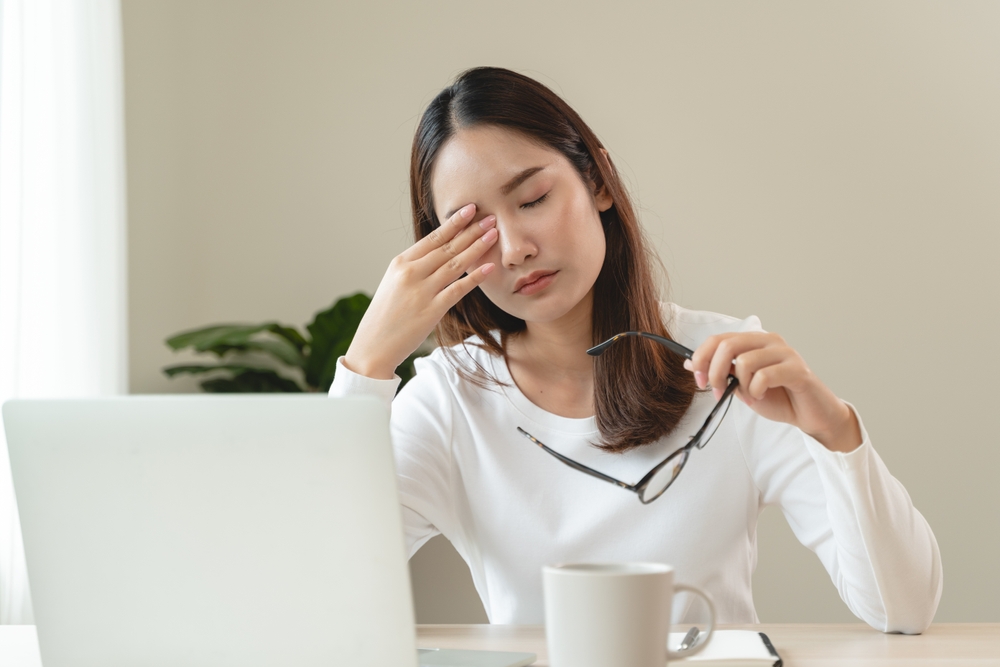
How Are Dry Eyes Diagnosed and Treated?
Dry eye is a common condition that affects millions of people worldwide, causing discomfort and potentially impacting vision. Understanding how dry eyes are diagnosed and treated is essential for ensuring proper eye health.
What Is Dry Eye?
Dry eye occurs when your eyes don’t produce enough tears or when the quality of the tears is insufficient to keep your eyes properly lubricated. Tears are vital for maintaining the health of the eye's surface and ensuring clear vision. Without adequate tear production or function, dry eye symptoms can worsen over time.
Symptoms of Dry Eye
People with dry eyes may experience a variety of symptoms, including:
• A stinging, burning, or scratchy sensation
• Redness and irritation
• Sensitivity to light
• Blurred vision or eye fatigue
• A feeling of having something in your eye
• Watery eyes
These symptoms can range from mild to severe and often interfere with daily activities like reading, using digital devices, or driving.
The Importance of Proper Diagnosis
Proper diagnosis of dry eye is crucial to finding effective treatment and preventing complications. While dry eye symptoms may seem straightforward, the underlying causes can vary. For example, dry eye could result from meibomian gland dysfunction (MGD), autoimmune conditions, or environmental factors.
Without a thorough evaluation, you might receive treatment that doesn’t address the root cause, which can prolong discomfort or lead to further complications like corneal damage. Visiting a qualified eye care professional for a comprehensive exam ensures you get an accurate diagnosis and the most appropriate care.
During a dry eye evaluation, your eye doctor may perform several tests to assess your tear production and quality. Common tests include:
• Tear Breakup Time (TBUT): This test evaluates how long your tear film remains stable on the eye's surface before it starts to break up, indicating tear film quality.
• Schirmer Test: Small strips of paper are placed under the lower eyelids to measure tear production over a short period.
• Meibography: This imaging test looks at the condition of your meibomian glands, which produce the oils that help prevent tear evaporation.
• Tear Osmolarity Test: This measures the concentration of tears and assesses whether your tears are too salty, which is a sign of dry eye.
Treatment Options for Dry Eye
Once diagnosed, your eye doctor can recommend a treatment plan tailored to the severity and cause of your dry eye. Treatment options include:
• Artificial Tears: Over-the-counter artificial tear drops can provide temporary relief by lubricating the eyes. For mild dry eye, this may be sufficient.
• Prescription Eye Drops: For more severe cases, your doctor may prescribe anti-inflammatory eye drops to reduce inflammation and stimulate tear production.
• Punctal Plugs: These small devices are inserted into your tear ducts to prevent tears from draining too quickly, helping keep your eyes moist.
• Meibomian Gland Expression: If MGD is a factor, treatments like LipiFlow or manual expression can help clear blocked oil glands, improving tear quality.
• Intense Pulsed Light (IPL) Therapy: IPL therapy helps reduce inflammation and stimulate the meibomian glands to improve tear production.
• Lifestyle and Environmental Adjustments: For some, environmental factors like air conditioning or prolonged screen time can contribute to dry eye. Adjusting your habits, such as taking regular breaks from screens and using humidifiers, can make a significant difference.
Optimizing Your Eye Health and Comfort with Giannotti Vision Care
Dry eye is a condition that requires proper diagnosis and personalized treatment to manage symptoms effectively. If you're experiencing any signs of dry eye, it’s important to schedule an exam with your eye care professional. With the right diagnosis and treatment plan, you can relieve discomfort and protect your vision for years to come.
If you believe you may be suffering from dry eye, contact Giannotti Vision Care for an evaluation and to discuss the best treatment options for you. Visit our office in Scotts Valley, California, or call (831) 438-4482 to schedule an appointment today.









